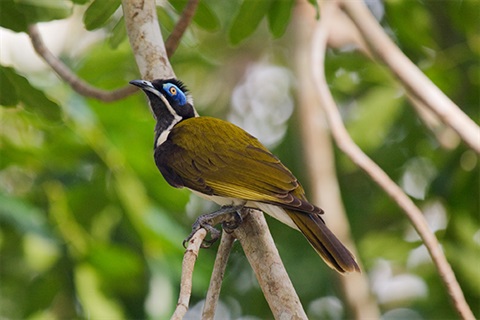
More than $70,000 in funding from the NSW Government will be used by Council to develop long-terms plans to protect and improve biodiversity in the Byron Shire.
The funding will be spread across four projects:
- Updating the mapping of vegetation and areas of high environmental value ($24,000).
- Identifying open forest ecosystems that will benefit from the reintroduction of ecological fire management ($11,000).
- Auditing threatened plant species along Council roads ($8,800)
- Studying the impact of recreational use on coastal biodiversity, wildlife and habitats ($30,000).
Liz Caddick, Leader of Council's Biodiversity team, said the information that will come from these projects will provide a much more comprehensive picture of biodiversity in the Byron Shire.
"This means we will have much more solid data and information about our biodiversity to inform other projects, including habitat restoration, planning, development and future roadworks," Ms Caddick said.
"For example, better digital mapping will guide land management and conservation activities and help community groups such as Landcare to plan where to concentrate their efforts."
"The coastal research project will give us an evidence-based understanding we need so that Council can make informed decisions about the impact people and recreational activities are having in parts of our shire and this will be used when we develop our coastal management programs," she said.
The projects, which will take some 12 to 15 months to finish, will achieve some of the actions in Council's Biodiversity Strategy which was adopted in 2020.
So far Council has started work on 69 of the 95 actions in the strategy.






